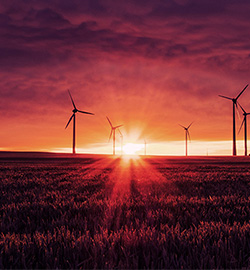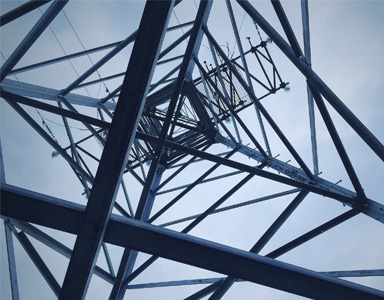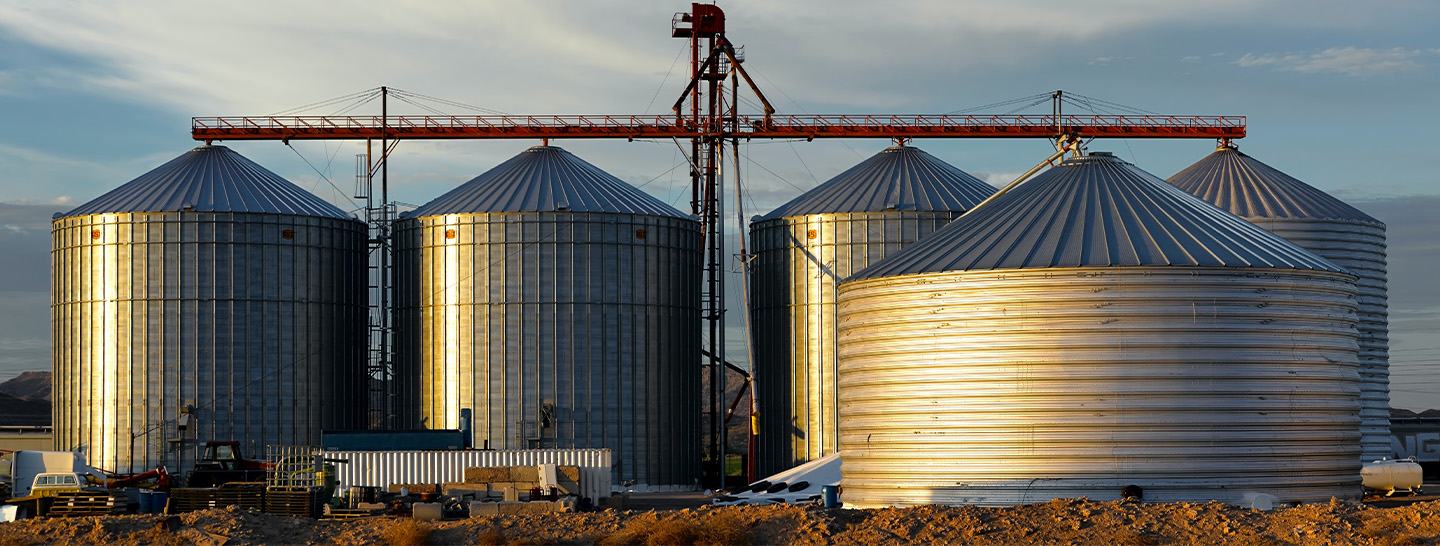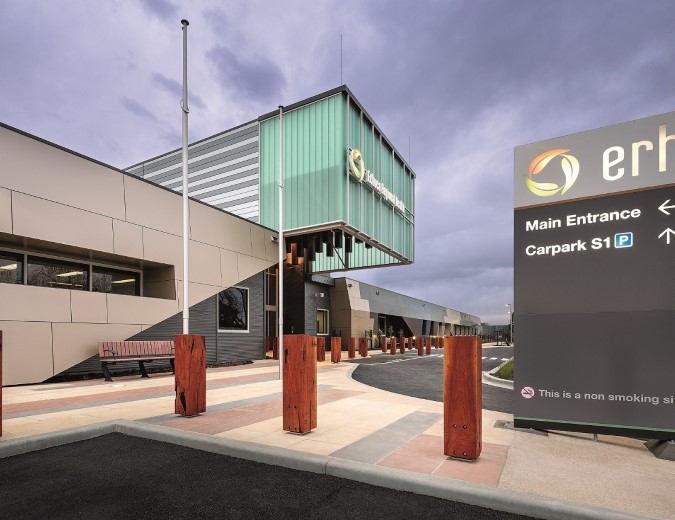
Energy balance is closely related to energy users
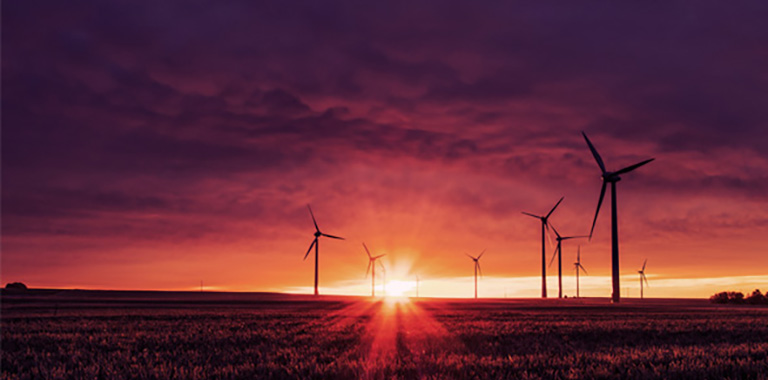
The role of Demand Response in grid investments
In the Zero Emissions scenario, given the gradual electrification of end-uses and the increase in the number of renewable energy plants, we are witnessing a growing electricity demand. A demand that “weighs” on the grid and obviously has an impact on transmission and distribution infrastructure. Grids, as well as the measures aimed at strengthening them and making them stronger and smarter, are therefore increasingly critical for the transition to clean energy.
By 2030, if we want to achieve the objectives of the 2050 Agenda on climate and energy sustainability, electricity use worldwide will have to increase by 20% over the previous decade. This is according to an IEA report from October 2023, Electricity Grids and Secure Energy Transitions, on the role grids play in the paradigm shift we are now seeing. In this scenario, grid expansion and diversification is key to supporting decarbonization, guaranteeing electricity supply, and effectively integrating renewable sources. By 2040, countries around the world will have to add or renew a total of more than 80 million kilometers of grid.

How to adjust energy demand
Electrical grids have always been based on a one-way flow, from producer to consumer, and on the classic market logic of supply and demand (if demand grows, supply must be increased).
However, we no longer have a grid of merely one-way flow based on the logic of demand that can be adjusted and adapted to supply. We are moving toward a more sustainable and circular paradigm, where energy consumers becomes energy prosumers, consumers – individuals, public administrations, and especially businesses – become main players together. Digitalization now allows companies to adjust their energy demand according to grid requirements, temporarily reducing it, for instance, when the grid is overloaded, and putting surplus energy from their assets on the market and unlock a new revenue stream.
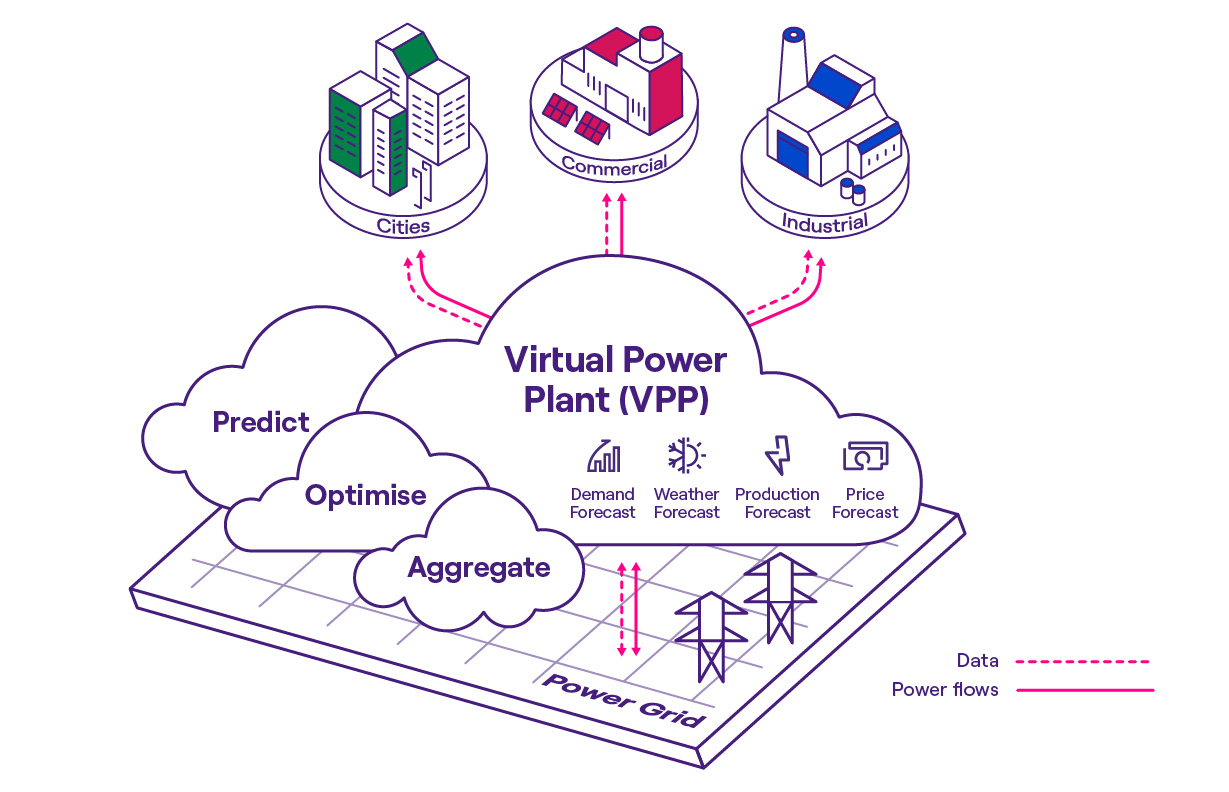
A growth strategy based on sustainability
DR programs are not only a useful tool for responding to the growing demand for electricity, improving grid stability, and managing the impact of renewables. They are also an advantageous solution for businesses wanting to increase their profits using sustainability, and for grid operators, who save on the expenses required to install new capacity.

At Enel X , we’ve accumulated significant expertise in this field, becoming a go-to partner that offers businesses targeted consulting and points them toward the best solutions. Enel X Flex is a cloud platform created by Enel X that provides C&I customers with various services to optimize consumption, maximize efficiency, and empower flexibility in an even more straightforward way.
DR programs are perfect for many different kinds of businesses. The only requirement is that companies be able to adjust, that is, temporarily reduce their consumption at certain times. Any company that owns machinery that does not require continuous operation machinery are able to participate. Enel X Flex protects the continuity of operations first and foremost, while guaranteeing participation in the best demand response programs, and maximizing profit.
The energy concealed in the cold
United States Cold Storage, a leading American cold storage logistics company, was a pioneer in participating in the Demand Response programs provided by Enel X. 15 years ago, the company, which used significant quantities of energy to support its core business, understood the program’s potential, entering into a partnership and quickly expanding it to over 20 distribution sites in the continental United States.
United States Cold Storage participated the DR program through temporarily shut down the freezer to reduce energy use. Because there are so many frozen products in the freezers, there is large thermal inertia—a decrease in refrigeration for the length of an event has no significant effect on the temperature in the freezers, and no risk to the operations of the refrigeration equipment. Merely in 2022, United States Cold Storage obtained an economic return of about 4 million dollars.
Demand flexibility appears to be the ideal solution for the massive industry of commercial refrigeration. Last July, Enel X Australia received financing of 3.7 million dollars from the Australian Renewable Energy Agency (ARENA) to support demand flexibility solutions in the refrigeration sector.
There is an energy treasure that has infinite opportunity hidden in cold storage that can be used be used: in Australia alone, it is estimated that over 500 MW of potential flexible demand can be fed back into the national electricity market. Enel X Taiwan now serves multiple cold storage businesses, and continue to recruit businesses with cold storage facilities to participate in the Demand Response Ancillary Service market and support the energy transition.

Small changes, huge impact


Small changes in energy use can have a huge impact if aggregated at scale.
Head of Flexibility Solutions, Enel X
Daniele Andreoli, Head of Global Flexibility Solutions at Enel X points out that "Small changes in energy use can have a huge impact if aggregated at scale. " This is also where the advantage of Enel X's virtual power plant lies, as it aggregates numerous distributed flexible demands, enabling it to harness the power of aggregation to help stabilize the power grid.
Enel X’s customers can be found in all industries, currently in Taiwan includes those in retail, battery swapping stations, health institutions, electronics and tech, cold storage, logistics, industrial processing, manufacturing, hotels and more. Participating in Demand Response programs with demand flexibility causes no obvious changes for energy users or, more importantly, any impact on product quality. And this helps decarbonize the grid, avoiding costly investments in building new power plants, and earning from the energy made available. Demand Response is a direct and efficient way to cope with electricity price impact for large energy users. And also a perfect ally for achieving Zero Emission goals.
